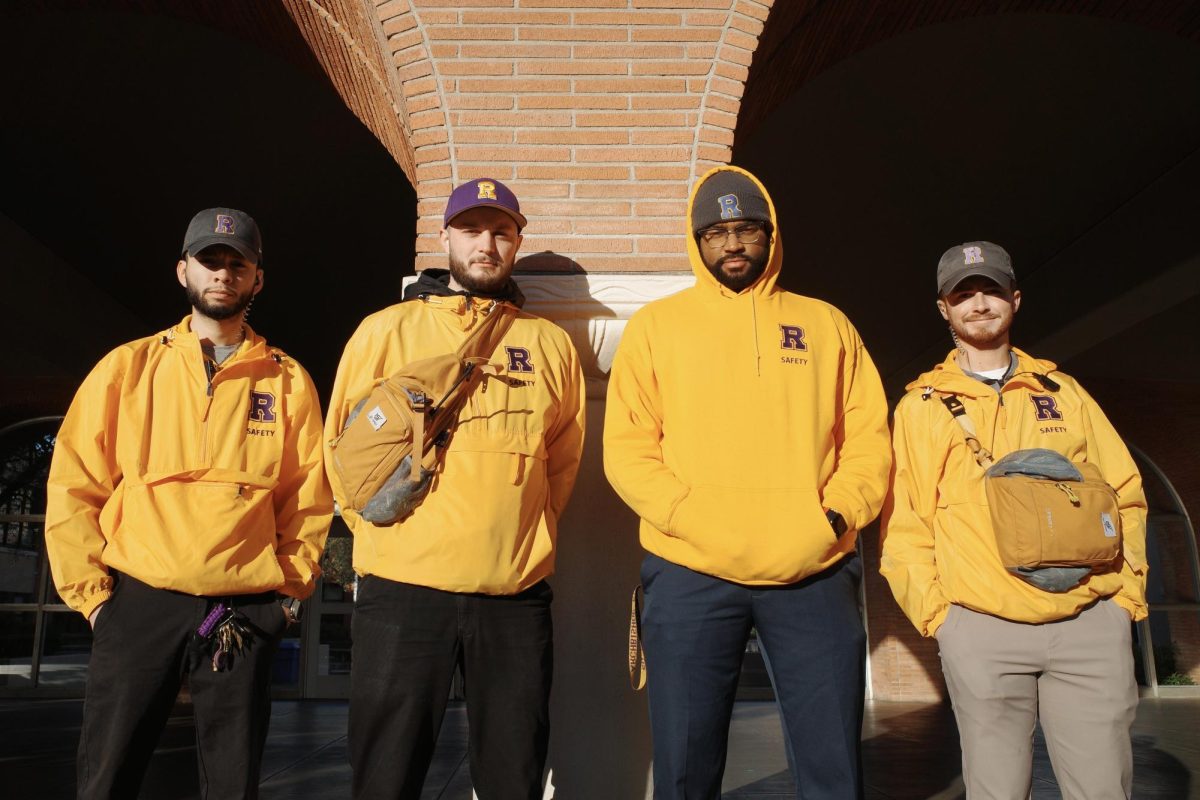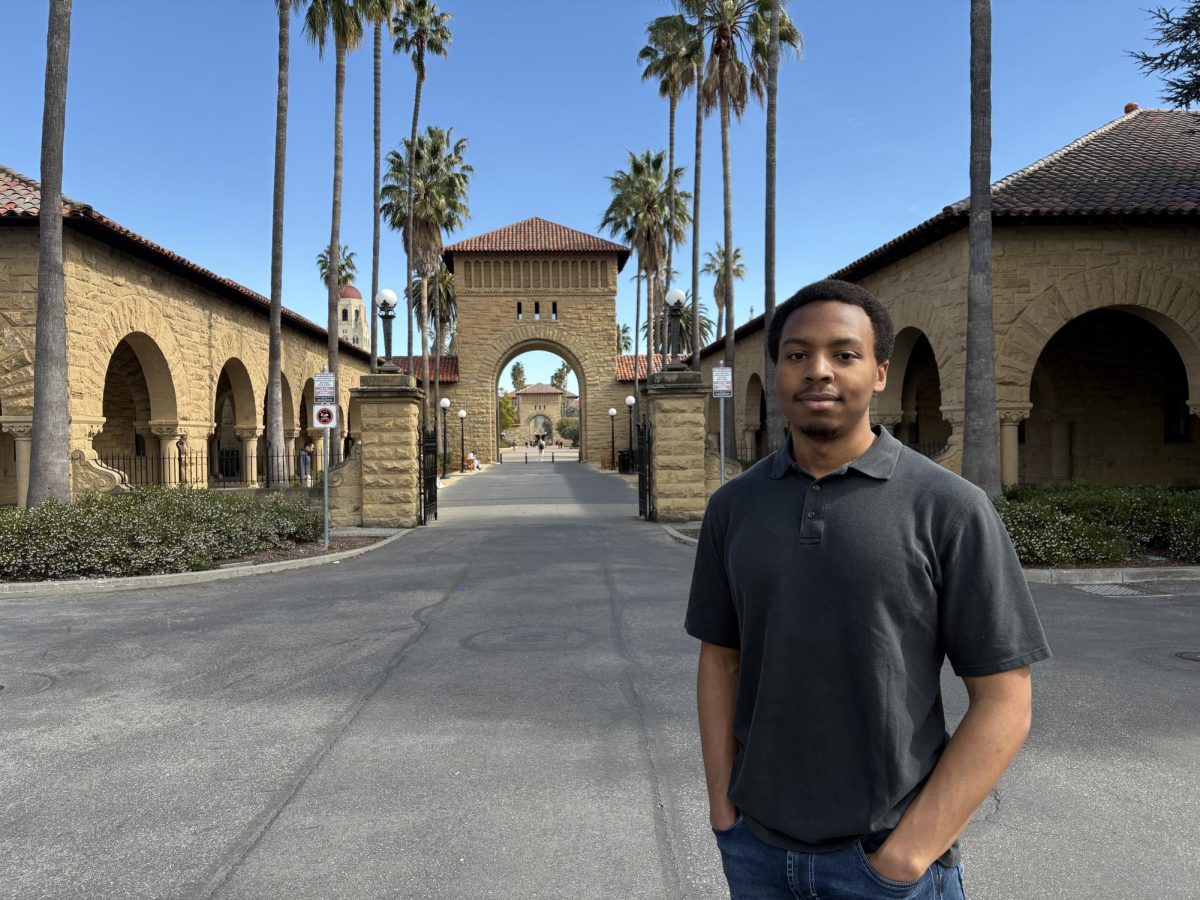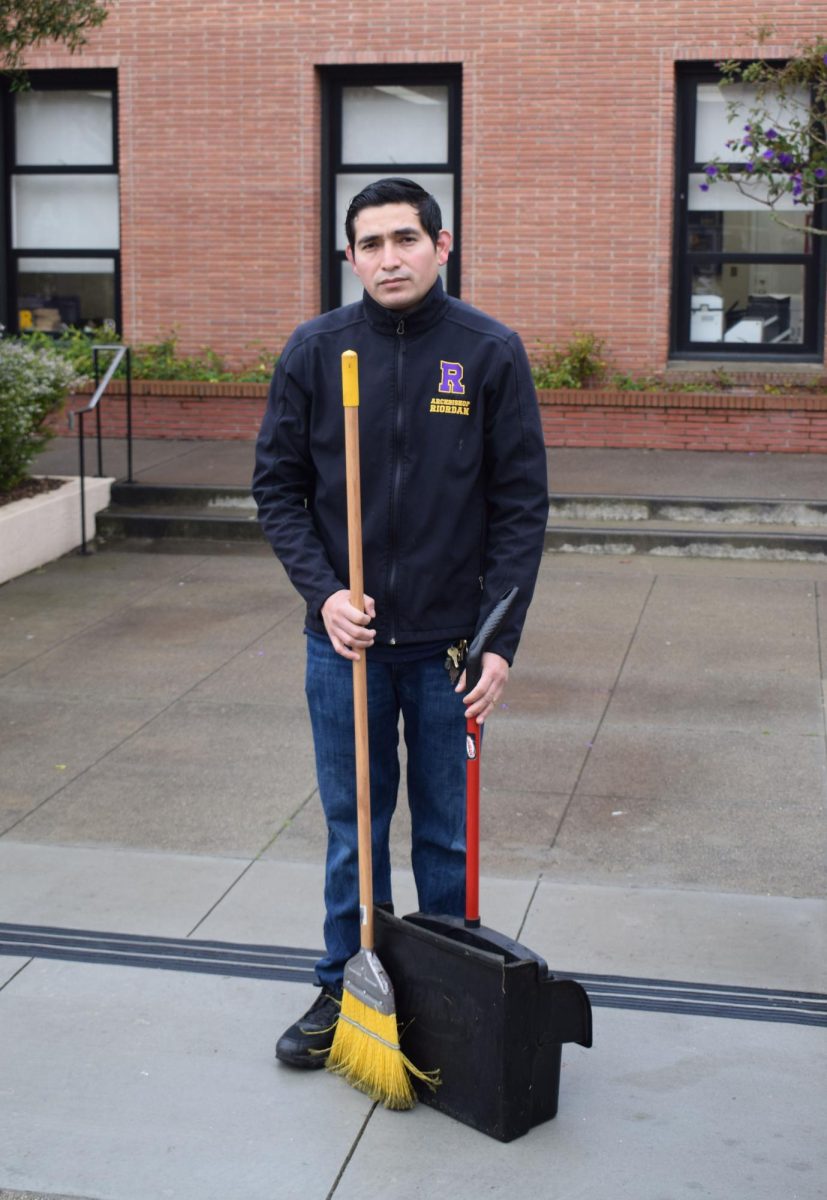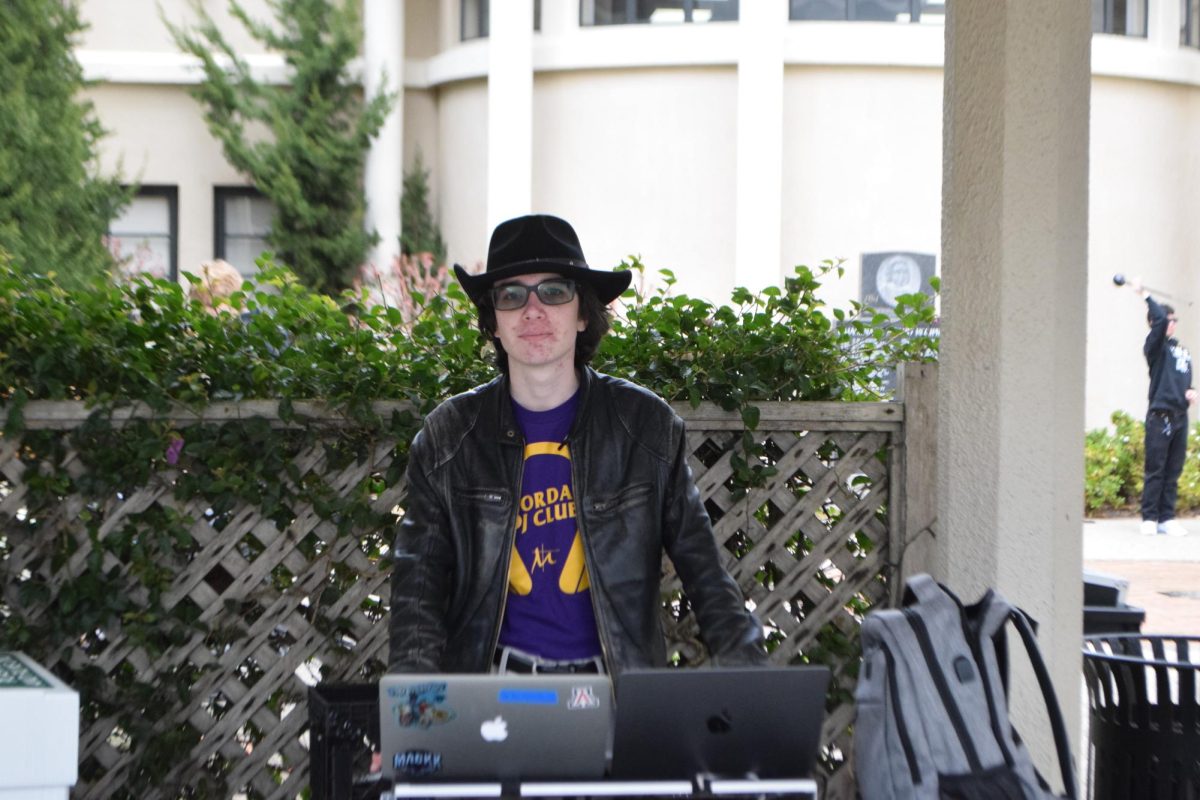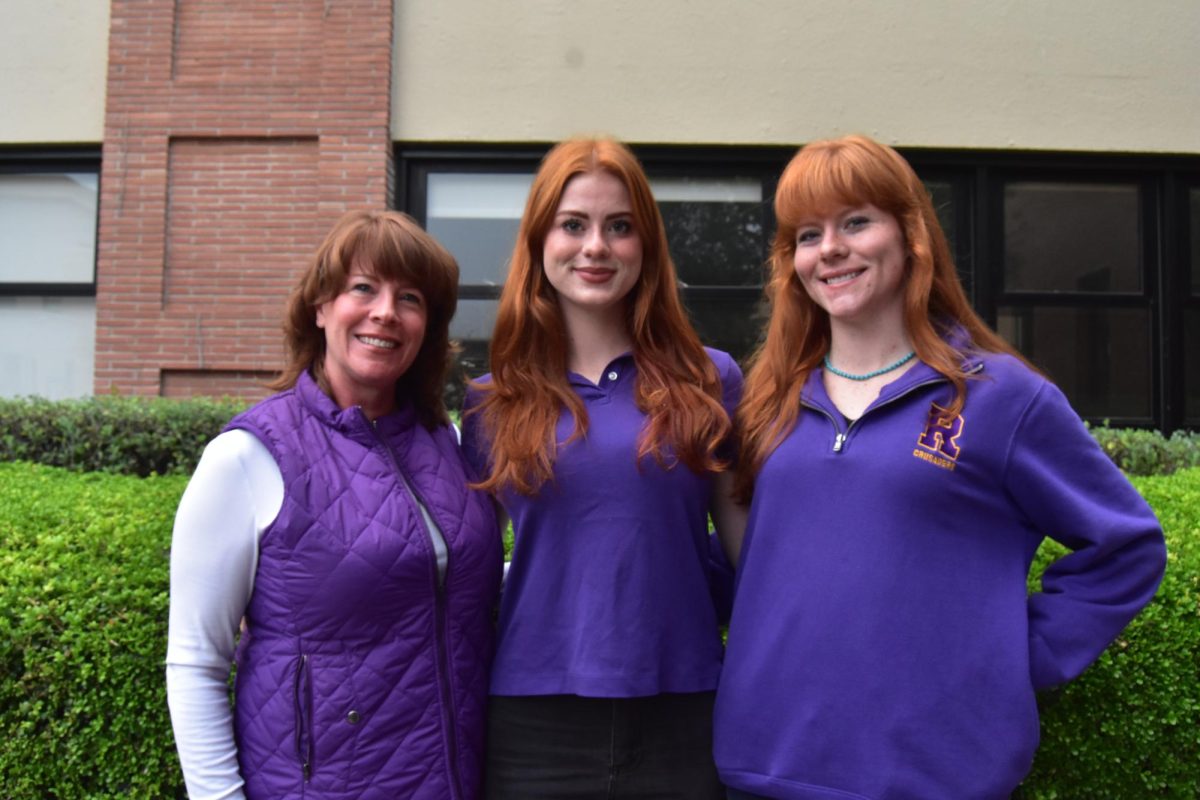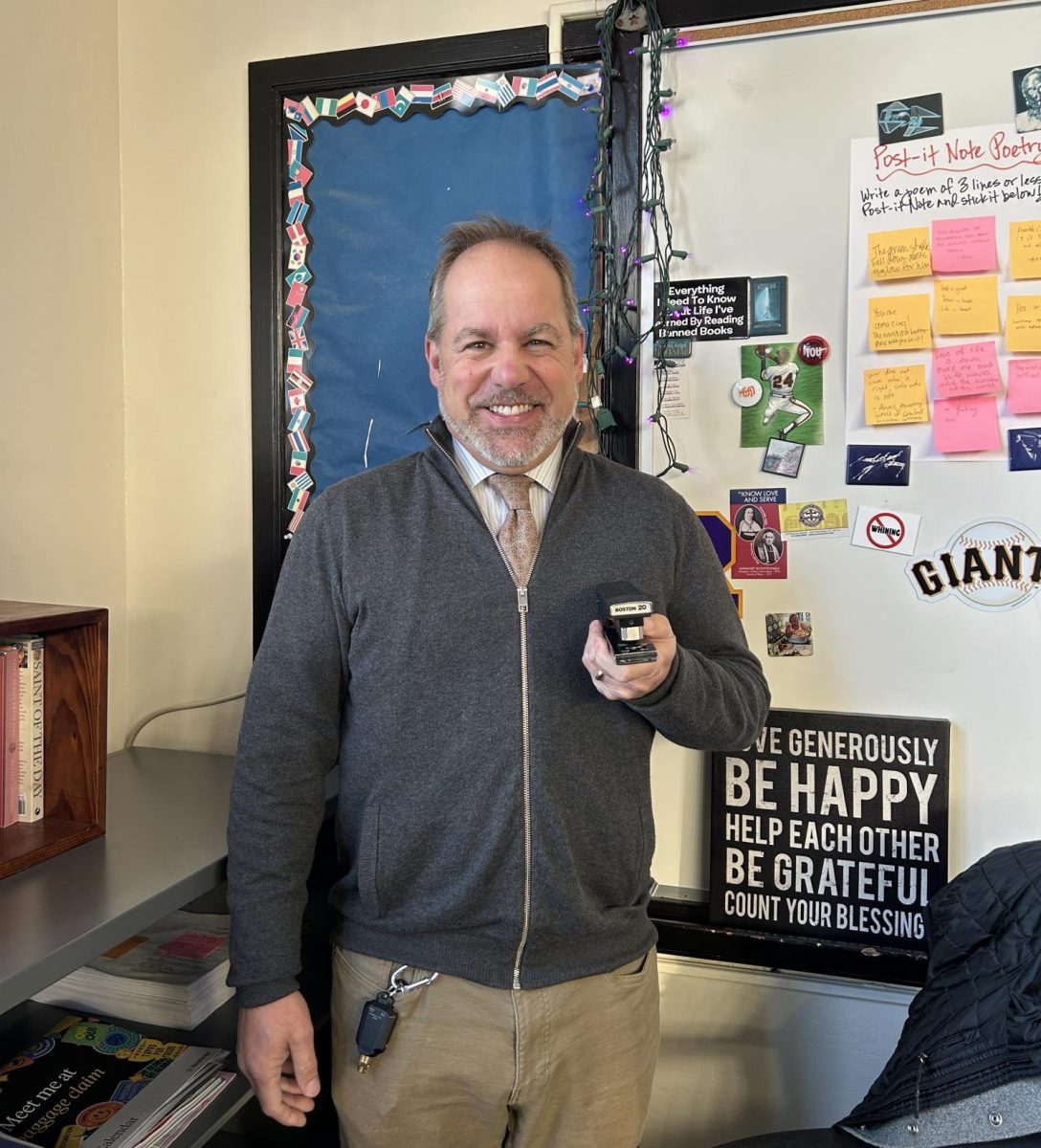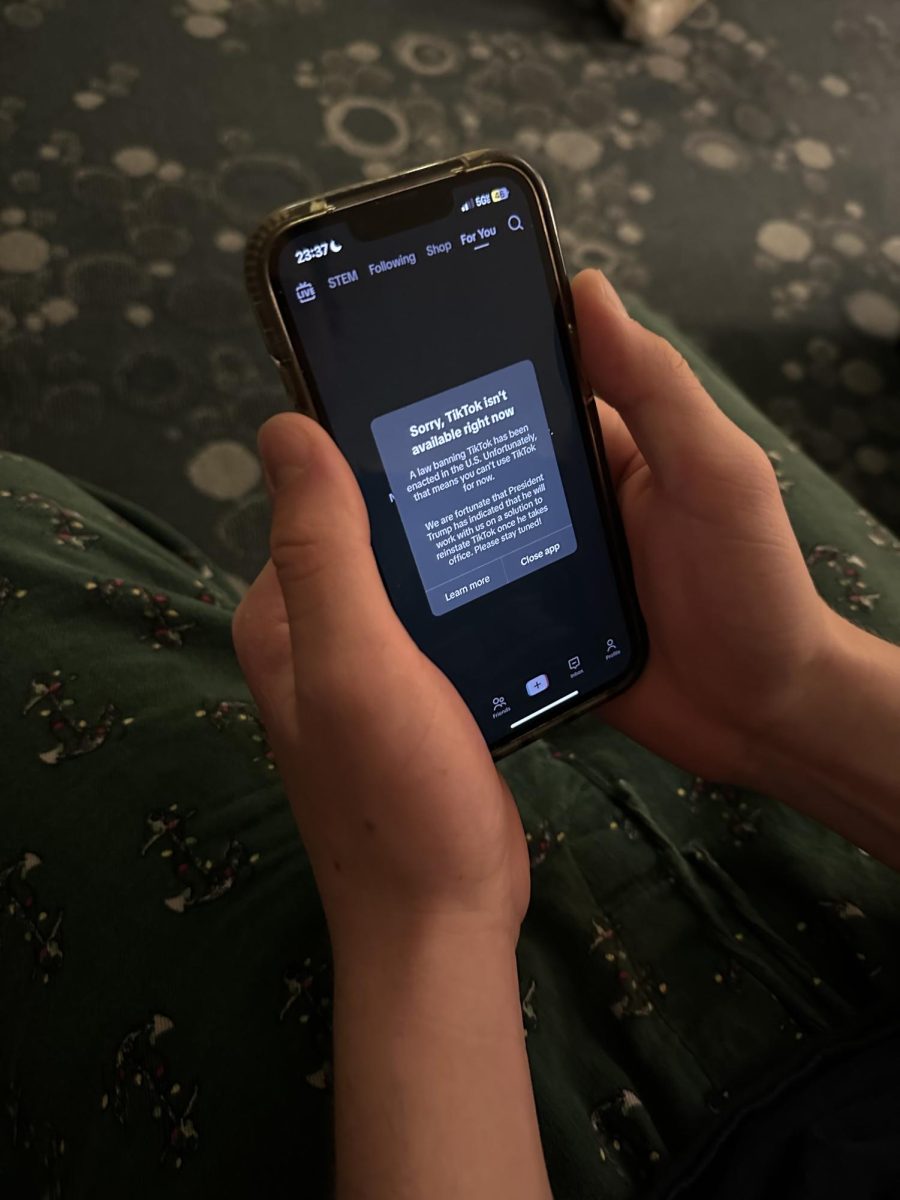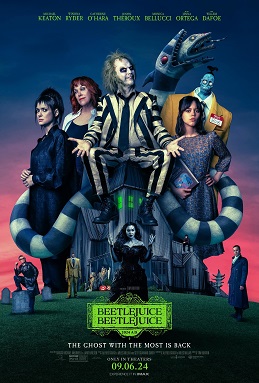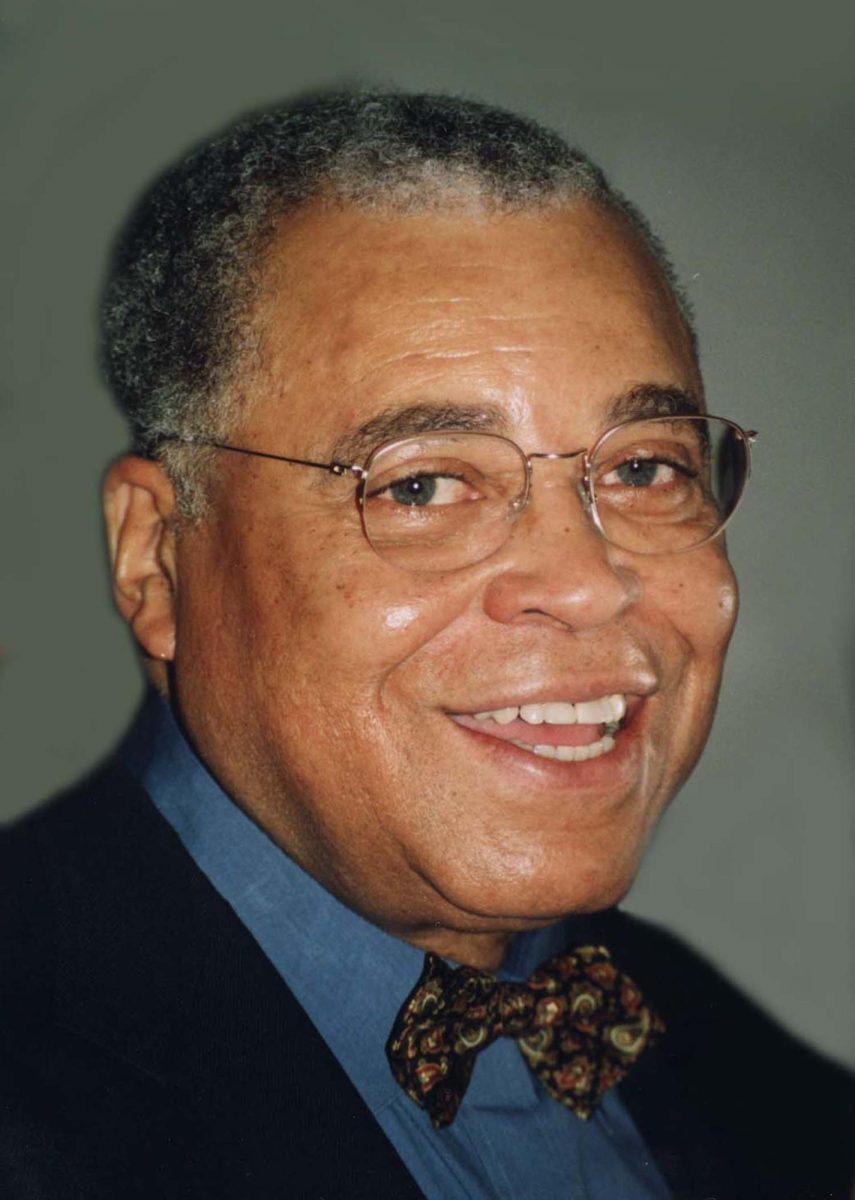Today, July 20, 2023, marks the 50th anniversary of the death of the most praised and well-known martial artist in the world, Bruce Lee.
Lee was born on Nov. 27, 1940 in San Francisco. Ironically, as some may not know, he was born in the year and exact hour of the dragon, which is where and why he had the nickname “Little Dragon.”
Although most know his name and alias, Bruce Lee, he was born with the name Lee Jun Fan to his mother Grace Ho and father Lee Hoi-Chuen in a Chinese Hospital located at 845 Jackson St., San Francisco.
Today, people can visit this building, which although it looks architecturally different, is one of the many buildings in the City that commemorates Lee with his picture in the lobby along with a plaque “presented by the makers of a new movie about him” in 2017, according to CBS Bay Area News.
Fifty years after Lee’s death, fans still flock to anything related to this iconic San Francisco native whose persona transcends time.
“He has kept himself alive because he is a legend,” noted actor Rich Ting ’98.
But how did Lee come to SF? In 1939, Lee’s father was granted the opportunity to come to San Francisco to perform at a competing theater, Su Sing, as a comedian along with Hong Kong’s Opera troupe and his wife as the wardrobe manager. This striking opportunity was rare considering the harsh racial discriminatory acts taking place at the time, such as the Chinese Exclusion Act and the Johnson Reed act.
Through this unique opportunity, his father and mother decided to move from Hong Kong to San Francisco for just a few years.
Like his father, Lee did not wait to grapple at stage performance opportunities. Being just a baby, Lee starred in his first ever film “Golden Gate Girl,” playing a baby girl at the Great Star Theater on 636 Jackson St., with the help of his parents’ close family friend and director of the Cantonese film, Ester Eng. The Great Star Theater still shows Lee’s films in his honor.
Because the family moved back to Hong Kong soon after, Lee was able to gain most of his Wing Chun Kung Fu training from the legend, Ip Man. Man, a renowned martial artist at the age of just 20, helped aid and give rise to many of today’s legendary martial artists, including Bruce Lee.
Similarly, Lee would do the same for generations of young kids, including Rich Ting ’98 and Zachary Yip ’24, who learned martial arts at a young age because they were inspired by him.
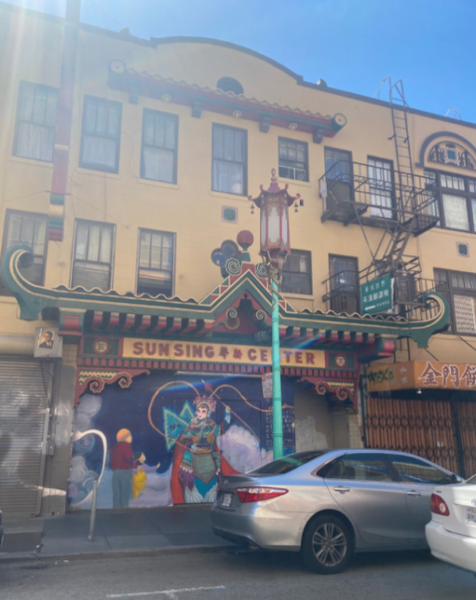
The Sun Sing Theater on Grant Avenue.
“He was a pivot point in our country and made people see that the world is bigger than black and white, and made way for not just Asian culture, but every minority,” mentioned Yip.
Unfortunately, due to Lee’s involvement in local Kung Fu gangs, his parents sent him back to San Francisco in 1959 at the age of 18 to live a more ascetical lifestyle with his family friend Quan Ging Ho at 654 Jackson St.
Lee immediately got to work at the Kum Hon restaurant at 655 Jackson St. to bus tables. However, this job did not last long, and instead he continued his Kung Fu training with Chinatown’s Choy Li Fat Kung Fu master, Lau Bun. Lau Bun’s training studio, the Hung Sing Studio, is the oldest currently running Kung Fu studio in America, located on Wentworth PIace and Washington Street.
Unfortunately, while at the Hung Sing Studio, an unpleasant affair got Lee kicked out and created ongoing tension between the Kung Fu community. Likewise, the Sil Lum Fat Gar Kung Fu master and owner of “The Sturdy Citizen’s Club,” known today as Kim Mon Physical Culture Studio at 142 Waverly Place in San Francisco, Wong Tim Yuen, had often referred to Lee as a “dissident with bad manners” due to “rowdy incidents at nightclubs,” according to sfgate.com.
Nonetheless, Lee did not give up on his passion to practice martial arts. His friend Quan urged and helped Lee teach Hong Kong cha-cha for $1 per couple at Oakland’s Leamington Hotel and in the Kuomintang Building in Chinatown, known today as the Dr. Sun Yat-sen Memorial Hall located at 836 Stockton St.
But, Lee did not come to just teach people how to dance. In between cha-cha breaks, Lee would perform Kung Fu demonstrations while also professing his opinions about other Kung Fu masters. Alas, this also created further distrust among the Kung Fu community.
Despite the antagonistic relationship in the Kung Fu community, commonly misunderstood, Lee’s infamous duel against Wong Jack-man in 1964 was not generated because of his disagreeable behavior with Kim Mon or Wong Tim Yuen, but because of Ge Yau Seh or “The Soft Arts Academy.”
This Tai Chi club, led by Tai Chi master Choy Hok Peng, along with the support of many hippies, clashed with Lee’s extension of teaching Kung Fu to people outside of the Chinese Community, similar to Wong Tim Yuen’s outreach through his English book guides teaching Kung Fu.
Upon continuing and sharing his passion for martial arts, Lee became so committed to this sport that he created his first studio named Bruce Lee’s Fojo from 1967-1970 at 3624 Market Street in a converted garage, and “founded a new martial art called Jeet Kune Do and played a big role in introducing mixed martial arts,” stated Yip, a Lee fan.
This studio was not only used to teach Jeet Kune Do, but also was where “filming some of Lee’s movies and television shows” took place, according to asianjournalusa.com.
“All of that (UFC and MMA) comes back to Bruce Lee. In ‘Enter the Dragon,’ he has a scene with Sammo Hong in a buddhist temple, which is the first time we ever see open gloves with the fingers exposed, which is the current remake of the UFC gloves that they (boxers) wear,” expressed Ting.
From then on, Lee was cast in his second film, “The Green Hornet” as Kato and even starred in “Batman.” He also played a Kung Fu fighter in the film “Marlowe” (1969), and from then “became a leading man after returning to Hong kong to make “The Big Boss” (1971), according to goldderby.com.
Lee continued, starring in four more films, “Fist of Fury” (1972), “The Way of the Dragon” (1972), and “Game of Death” (1978), which all undoubtedly set a new precedent and name for himself, martial artists, and Asian Americans. Unfortunately, Lee died from cerebral edema just three weeks before the release of his fourth film, “Enter the Dragon” (1973).
Nonetheless, as a result of Lee’s fighting style and overall level of skill, he inspired countless martial artists around the world, making him arguably the greatest Kung Fu master to live. From the impoverished to those of different ethnic backgrounds, Lee showed people they, too, especially Asian Americans, could become master fighters by using just their body.
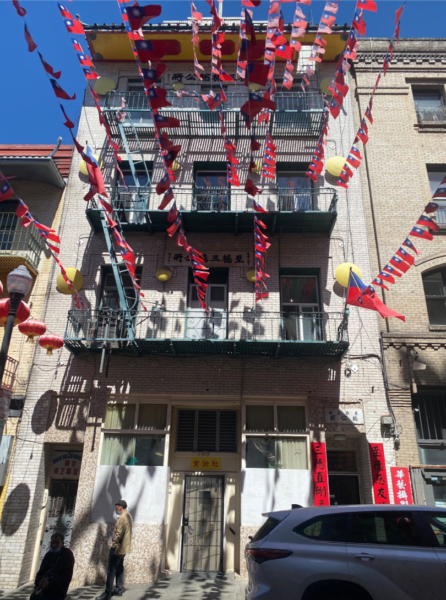
Kin Mon Physical Culture Studio on Waverly Place.
“I grew up not only idolizing Bruce’s martial arts skill, his weaponry, but also his philosophies,” stated Ting.
Because of Lee’s ability to present a newfound respect for his identity and background, he inspired people like Ting who were encouraged to “want to bring the small screen to the big screen, the reality of us, the reality of Asian American men.”
Growing up watching Lee was, for many, including Ting, one of the first times social and racial barriers for Asian Americans were being challenged.
“I just remember being so drawn into this character who had a physicality about himself, who had a sense of toughness, power, manliness, and had this ability to fight,” affirmed Ting.
Just a few of Lee’s many attributes were very impactful for Ting as a young child.
“Media then (when Ting was younger), was so primitive compared to what it is now. And I think it was just the fact that I saw someone who looked like my dad on TV that I was initially drawn into,” said Ting.
But, on top of being a master of Kung Fu, Lee was also known for his fiery spirit, incredible strength, and mythical ambition of a dragon, something never seen or presented before in society’s view of Asian men at the time, and a common misconception still being challenged today.
“Because of him, we as Asian American actors in Hollywood, we have something to aspire to. He was the pioneer, he was the first, so because of that he has set a precedent that we all aspire to follow,” strongly expressed Ting.
By showing his strength, skill, and valuable philosophies, Lee fought countless Asian stereotypes and prejudice alone in the film industry.
“As Bruce Lee paved the way for many Asian Americans, especially in the film industry, it’s so important to remember him,” stated Miss Teen Chinatown, Elizabeth Hsu ’24.
Lee continues to be honored around the world and even in his hometown San Francisco today.
“We can remember him through telling his stories, watching his films, and visiting his mural located in Chinatown,” added Hsu.
Near the intersection of Sun Mun Way and Jung Jing Road, in Chinatown’s Central Plaza, stands a seven-foot statue of Bruce Lee.
Remembering Lee, his accomplishments, and impact is important because as Ting put it, “He deserved to be celebrated, and his legacy needs to be celebrated.”


